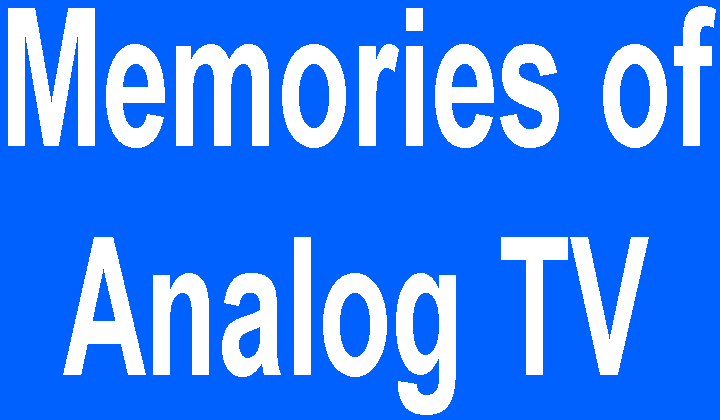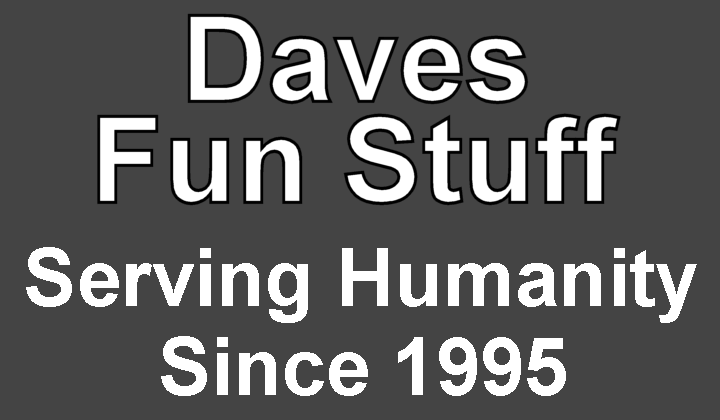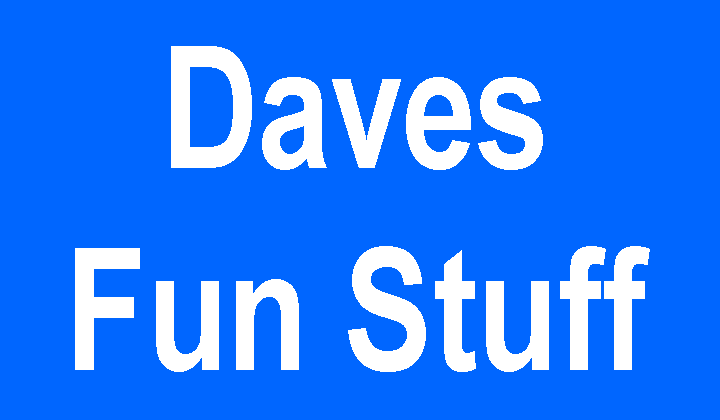 Home
DFS
SB
OD
SDN
DFSM
THP
$5
Home
DFS
SB
OD
SDN
DFSM
THP
$5
In the first years of KPBS, instructional TV courses were offered in the daytime usually from 9am until 4:30pm. In the fall of 1969, KPBS carried "Sesame Street" three times a day at 7pm, 11:30am, and 4:30pm. In 1969, during the summer when it wasn't carrying instructional TV shows, KPBS didn't sign on until 4 or 4:30pm, but in the summer of 1970, KPBS carried "Sesame Street" at 10am-11am, then signed off, then returned at 4pm for "Sesame Street" and the rest of its schedule.
Later on, ITV got its own cable channel on 23 on Mission Cable, which soon added a public access channel on 24. Another local cable channel launched on 4 sometime in mid 1970s, and it was "The Christian Communications Network", which carried local religious shows and some shows from what is now KTBN from Los Angeles. In the summer of 1979, it began running 24 hours a day on cable 26, and ran on cable 4 whenever KNBC had the same shows as KGTV (through June of 1977) and KCST (from July of 1977 afterwards).
In early 1970 or so, Mission Cable launched an independent cable origination channel called "Mission Cable 2", which ran old reruns of TV shows such as "Ozzie and Harriet" and "Lassie." It ran whenever KFMB carried the same CBS shows that KNXT carried. I could usually watch cable 2 at 3pm for "Tattletales" and "Musical Chairs", two shows KFMB passed on. TV Guide carried the listings for Mission Cable 2, and showed MC2 carrying some of KNXT 2's shows in the listings as well.
There was a cable 7 channel around 1971 on Mission Cable that ran during prime-time, but that was short-lived.
In about 1976, people started buying Curtis Mathis TV sets in droves. I didn't know why they were being talked about in town until my neighbor invited me to watch Channel 100 for free at his house. Huh? He showed me the TV, which had 12 fine-tuning presets that let you set any channel on it. He turned to the channel 7 preset, which was KABC, then he tuned it back several times until he landed on what was really cable 21, the frequency that Channel 100 was broadcasting. So he got to see the movies for free.
Later on, Mission Cable later found out why people were dropping their subscriptions to Channel 100. Everybody was watching it for free, and they couldn't do anything about it for now. So sometime around late 1976 or early 1977, they decided to drop the channel and replace it with HBO, but move it to cable channel 20. When Channel 100 disappearred, and Mission Cable started advertising HBO subscriptions, they thought that they would fool the viewers into thinking that they would have to get a converter box and pay for the channel. Some people figured out that they can get cable 20 by tuning in the channel 7 preset fine tuning back one more channel to get HBO in the clear for free!
So in 1978, Mission Cable solved that problem by getting new converter boxes that descrambled pay channels, and scrambled HBO on cable 20. It was a rotary-dial converter box that tuned in 35 cable channels. Problem solved, but some viewers figured out that they can at least listen to HBO for free on cable 99.9 FM, as well as hear the audio on cable 20.
Later in 1978, Mission Cable added AP News on 17, Electronic Program Schedule on 18, and Local Weather on 19. In March of 1979, Mission Cable began carrying C-SPAN on cable channel 25.
On March 15, 1977, something really weird happened that literally changed the course of my life. I built a VHF receiver that I bought from Radio Shack so I could get police, air, and weather. At 8:30pm, I hooked up the antenna wiring from the kit antenna coil to the 300-ohm cable (which was illegally hooked up to another TV in the house as at the time, Mission Cable charged extra for an additional outlet), and I got the sound of HBO on 162 MHz on the dial! I was networked into the world. I turned around the dial and got some cable channels on the radio. It tuned as high as 180Mhz where channel 7 was broadcasting audio. Mission cable 7 aired something like AP News or Shopper's Guide (comparing grocery item prices) when KABC aired the same progrmaming as KCST (through June of 1977, then KGTV afterwards). I disconnected the wire from the cable and hooked it to a pair of rabbit ears and got the sound of teenager kids and some actor who acted in some Gene Wilder movies instead of "Laverne and Shirley", which was on Tuesdays at 8:30pm. I tuned into KABC on my TV over the air with its own antenna and, well, it was the premiere of "Eight is Enough", premiering on ABC-TV. It was also on KCST during its final months as an ABC affilliate. I put together a radio for police calls and I get the sounds of Nicholas, Tommy, five young women, and an actor who's better known for Luke Skywalker on it? The Force must have been behind this! Guess that's when I quit electronics as a major in high school.
I also got a walkie-talkie and began broadcasting my voice...to who knows who. It appearred on 107.7 FM. I built an AM radio from a Radio Shack kit and broadcasted on an open AM channel that was heard for about, hmm, 100 feet.
The TV that I had in my room had a cable-antenna switch so I could watch over-the-air shows that Mission Cable didn't carry. I watched Spanish-language news, cartoons, and dubbed "Starsky and Hutch" shows on XEWT when I flipped the switch from cable to antenna on channel 12.
I started picking up some Los Angeles-based UHF stations on the TV. I managed to pick up a scratchy KLCS 58 on it, as well as a scratchy KBSC 52 (now KVEA). KBSC ran children's shows from 3-8pm, then signed off when it began its pay TV channel "On TV." I could sometimes get KEYT 3 from Santa Barbara on it, so my TV could pick up 2, 3, 4, 5, 6, 7, 8, 9, 10, 11, 12, 13, 15, 39, 52, and 58. I couldn't get any of the other Los Angeles UHF channels.
© 1995-2025. davesfunstuff.com. All Rights Reserved. Reproduction of any part of this website without expressed written consent is prohibited.



